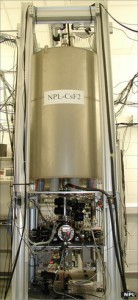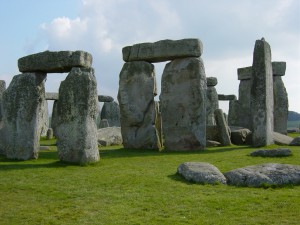The Atomic Clock History Accuracy and Uses
| By Stuart
Most people will have heard of atomic clocks, most people, probably without realising have even used them; however, I doubt many people reading this will have ever seen one. Atomic clocks are highly technical and complicated pieces of machinery. Relying on vacuums, super-coolants such as liquid nitrogen and even lasers, most atomic clocks are only found in laboratories such as NIST (National Institute for Standards and Time) in the US, or NPL (National Physical Laboratory) in the UK.

No other form of timekeeping is as accurate as an atomic clock. Atomic clocks form the basis of world’s global timescale UTC (Coordinated Universal Time). Even the length Earth’s spin requires manipulation by the addition of leap seconds to UTC to keep the day synchronised.
Atomic clocks work by using the oscillating changes of atoms during different energy states. Caesium is the preferred atom used in atomic clocks, which oscillates 9,192,631,770 times a second. This is a constant effect too, so much so that a second is now defined by this many oscillations of the caesium atom.
Louis Essen built the first accurate atomic clock in 1955 at the National Physical Laboratory in the UK, since then atomic clocks have become increasingly more accurate with modern atomic clocks able to maintain time for over a million years without ever losing a second.
In 1961, UTC became the world’s global timescale, and by 1967, the International System of Units adopted the Caesium frequency as the official second.
Since then, atomic clocks have become part of modern technology. Onboard every GPS satellite, atomic clocks beam time signals to Earth, enabling satellite navigation systems in car, boats and aeroplanes to judge their locations precisely.
UTC time is also essential for trade in the modern world. With computer networks speaking to each other across timezones, using atomic clocks as a reference prevents errors, ensures security and provides reliable data transfer.
Receiving a signal from an atomic clock for computer time synchronisation is incredibly easy. NTP time servers that receive the time signal from GPS satellites, or those broadcast on radio waves from places NPL and NIST, enable computer networks across the globe to keep secure and accurate time.




